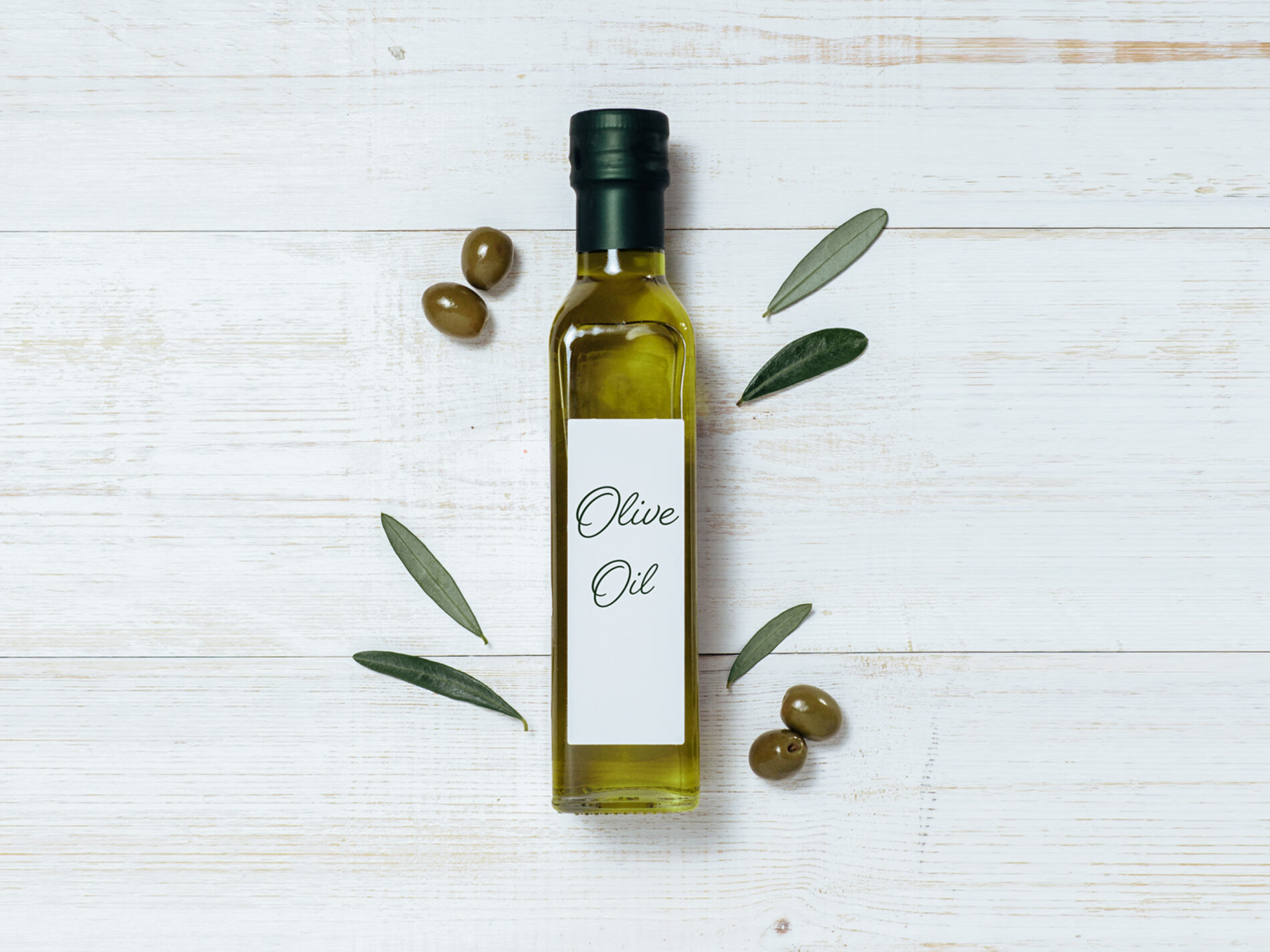It’s nearly impossible to tell when the first olive trees were domesticated. But whoever came with that idea deserves a special mention in hundreds of cooking books around the world. And especially in countries surrounding the Mediterranean region, of course.
Greek and Roman cuisines had the most influence on modern European cookery. They were one of the first to adopt the trees from the Olea genus. But later in history – and we can surely say that – these people picked up the habit of using olive oil. Heavily.
Gyms, kitchens, temples, lamps, medical cabinets, all were practically smeared with olive oil. That’s how ancient people loved and highly prized it. Oileries were very widespread in many countries like Turkey, Tunisia, Libya, Spain, Morocco, and many others. Oil was truly a valuable resource and not in the least because of how hard it was obtained.
The ancient process of making Olive oil
Olives would be picked, milled or pressed with really heavy stones. The resulting oil would be decanted and stored. Those were the days the oil would be extracted with the help of a beast. It pulled a wooden log attached to a stone. That stone would rotate and crush the olives that were underneath it. The extracted liquid would run into a pit. Here it would stay to split into oil and watery part. Then the oil was collected, filtered, and used. Had all the safety measures and adequate precautions been taken, oil of high quality would’ve been produced.
Today we know that there are different grades of olive oil. It depends on the purity of the source product. Back in the ancient world, quality was measured in quite a similar way. The first-grade oil was produced from fully ripe olives. They were hand-picked from the tree and lightly pressed. The next grade oil was obtained by pressing olives of different ripeness with a heavier weight. The most inferior oil was produced from unripe olives. They were stored in pits until they began to soften and shrivel.
The two modern ways of producing olive oil
Today, on one side, we have cold-pressed oil. That way, no heat is applied during extraction i.e. pressing the olives to crush them and get the oil.
On the other side, we have pomace oil. This is the lowest quality oil. It is extracted from the semi-solid pulp with the help of a chemical solvent (in addition to pressing). While this still counts as olive oil, it’s not allowed to be called that.
The International Olive Council requires oil producers to label their products following strict classification. But we should say that refined pomace oil is totally fine to consume. It is widely used in cooking, especially in deep frying. Because it stands up to heat very well. And since it’s refined, it won’t impart any unwanted flavour to your dish.
Many professional cooks use refined pomace oil on an everyday basis in their kitchens. It is a regular, affordable, durable oil for shallow and deep-frying, sauteing and baking. The degree of its purity helps to increase the smoke point. And it enhances the crunchiness for the production of tasty bites.











What do you think?